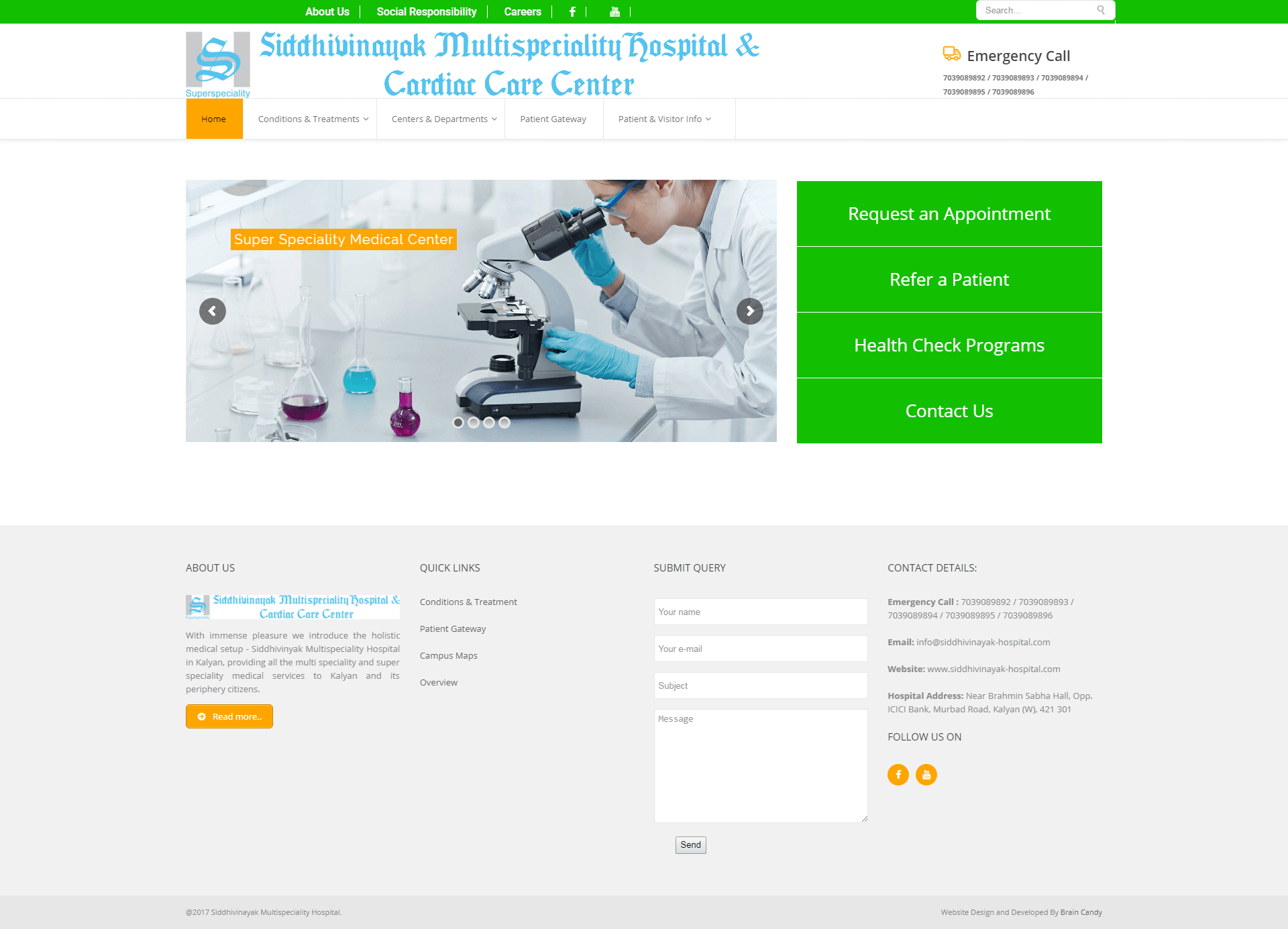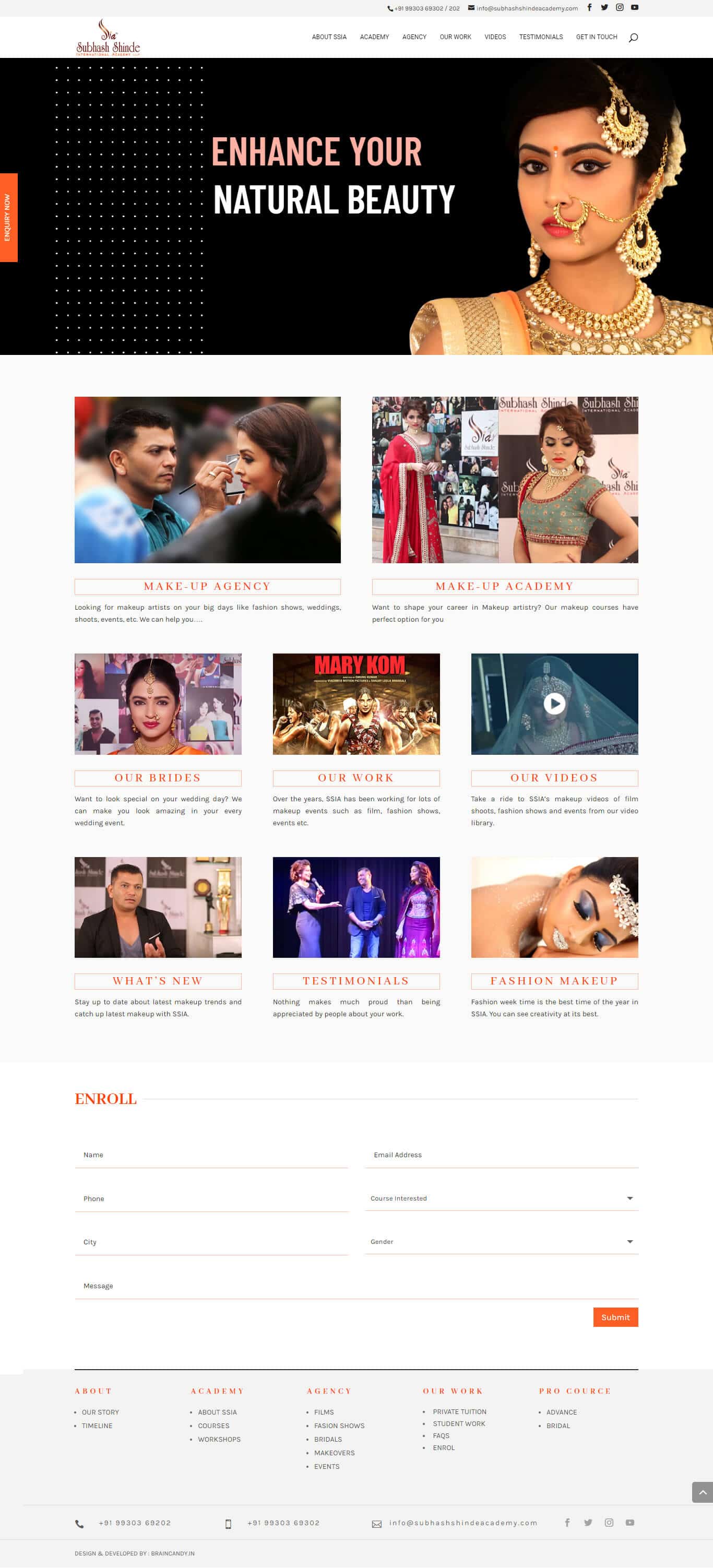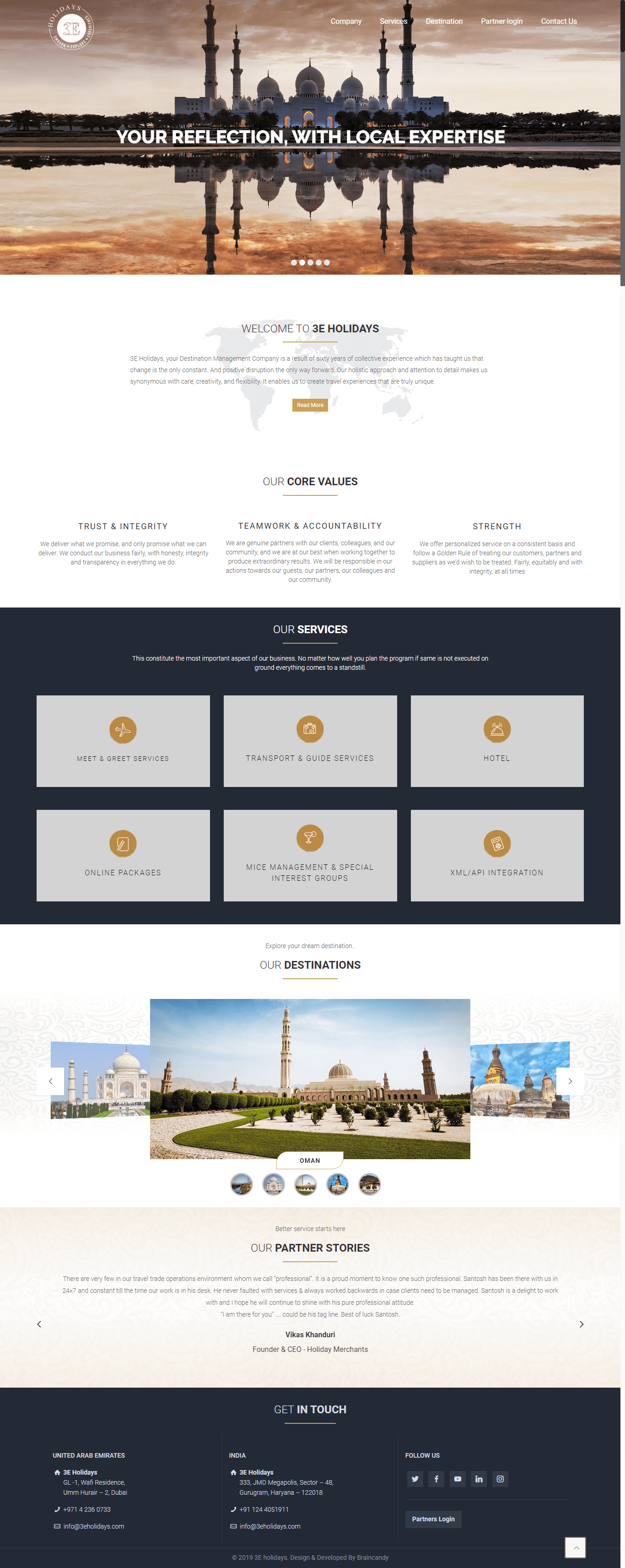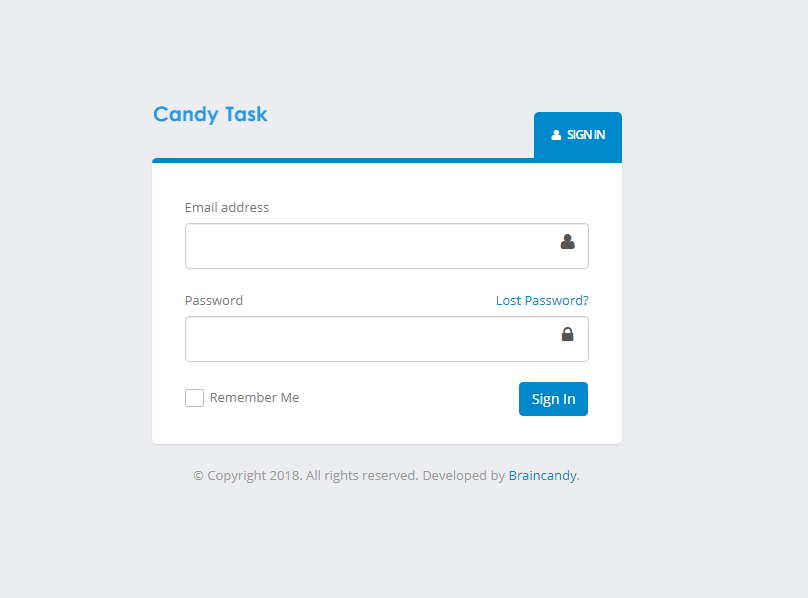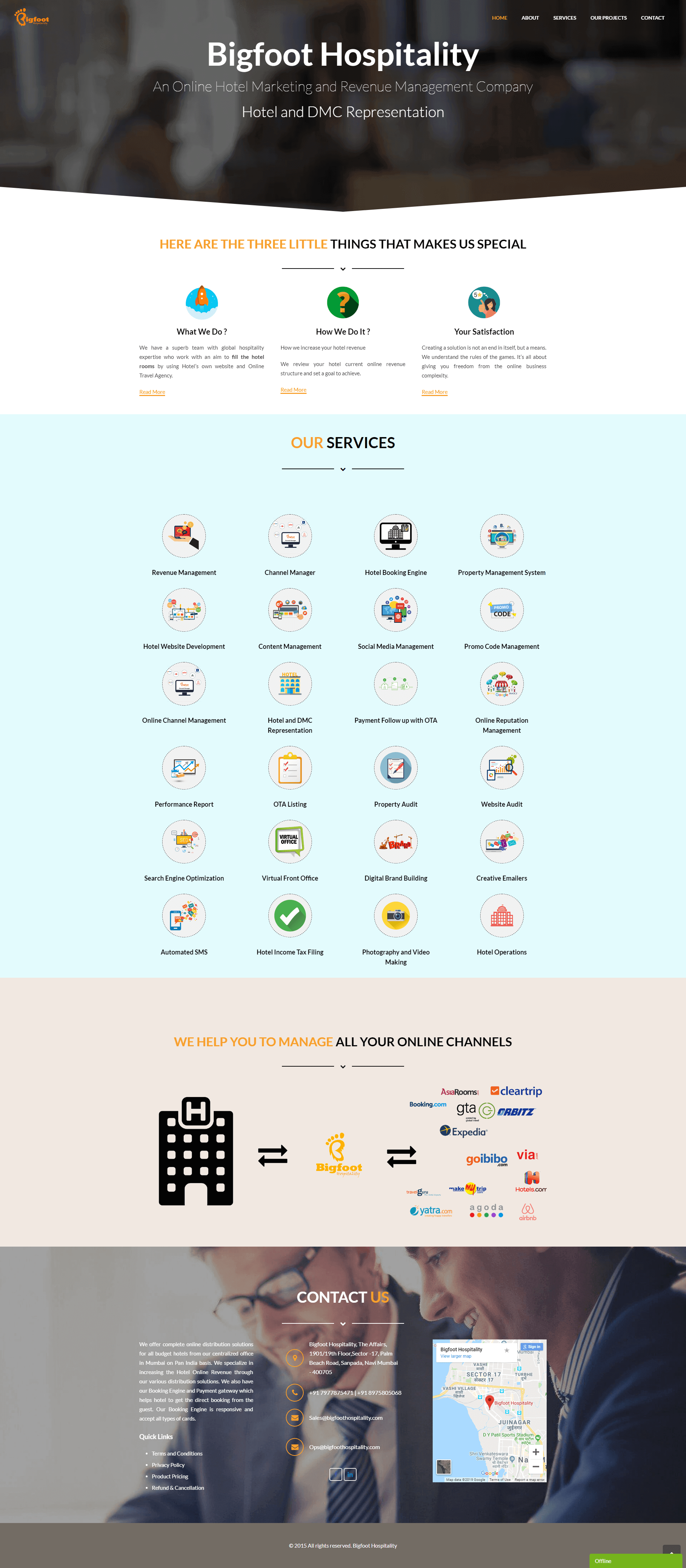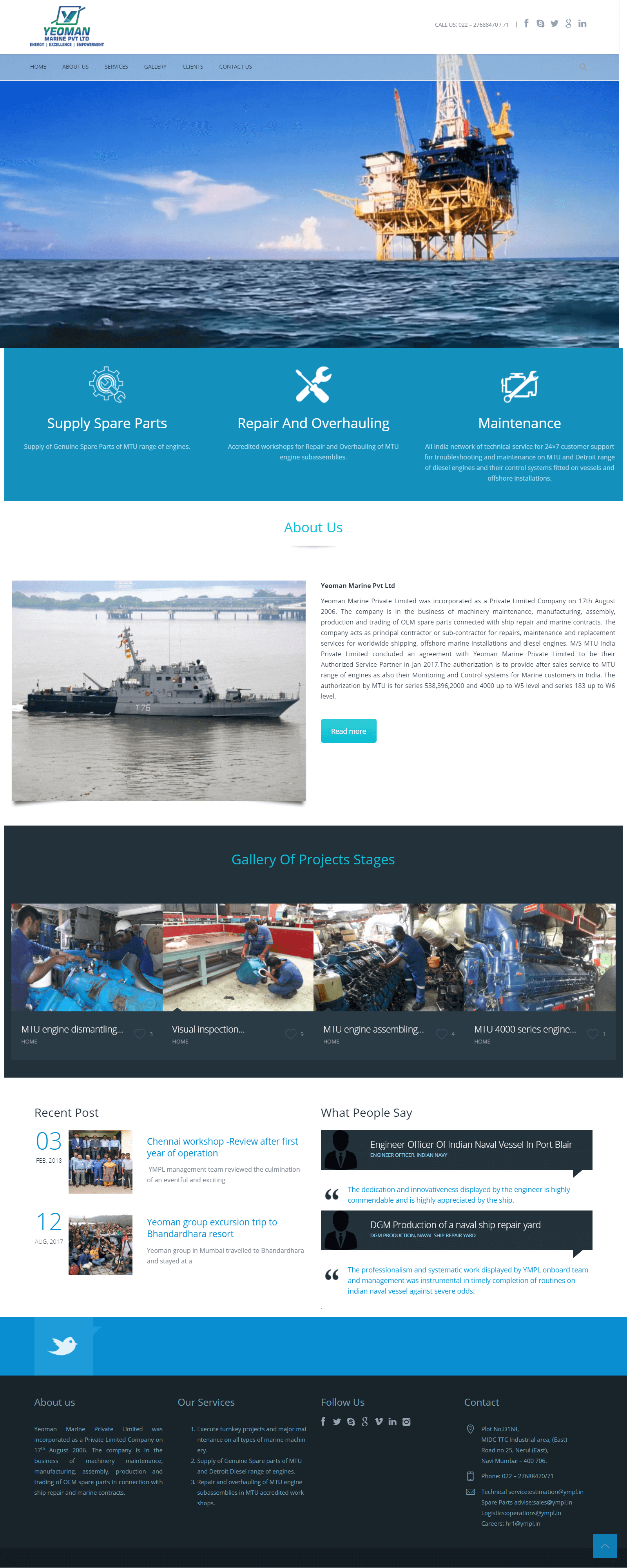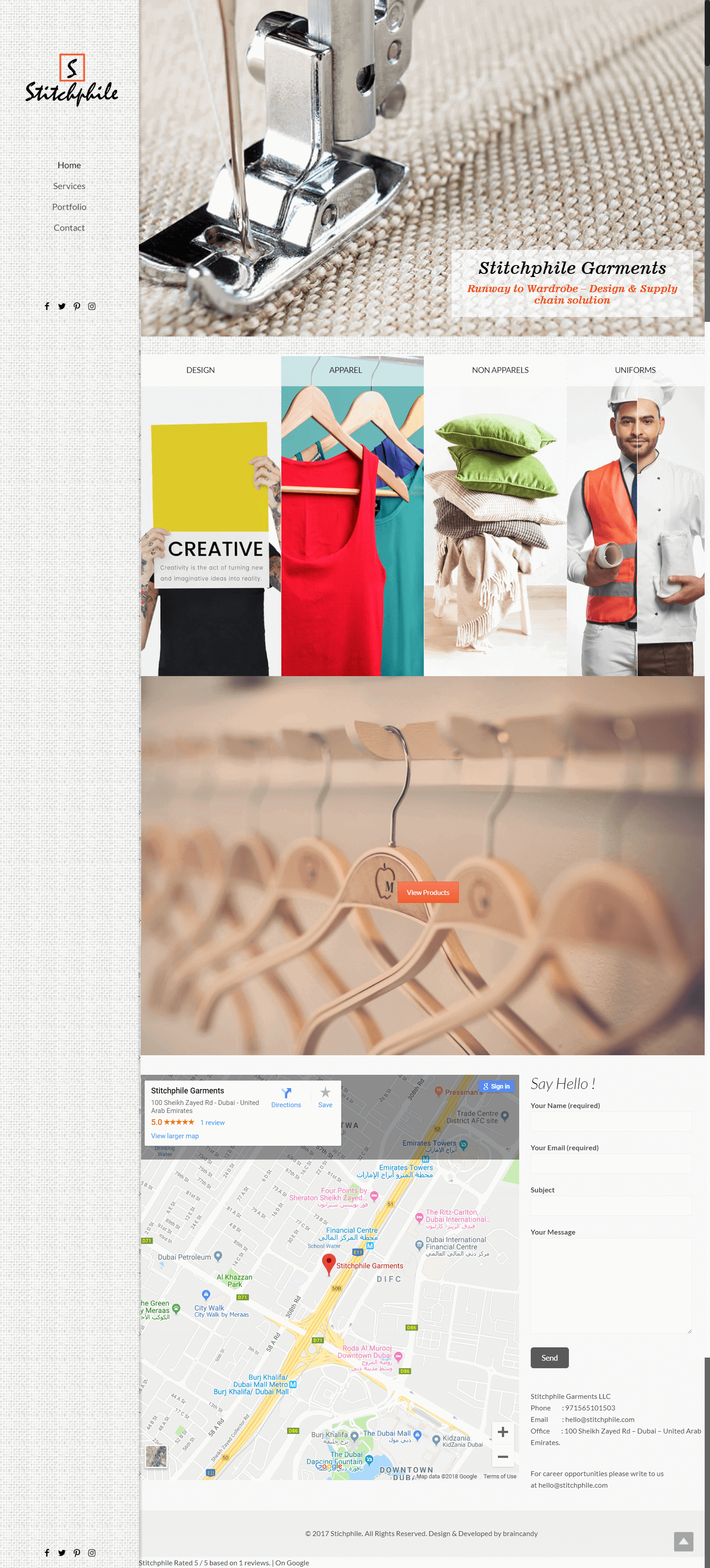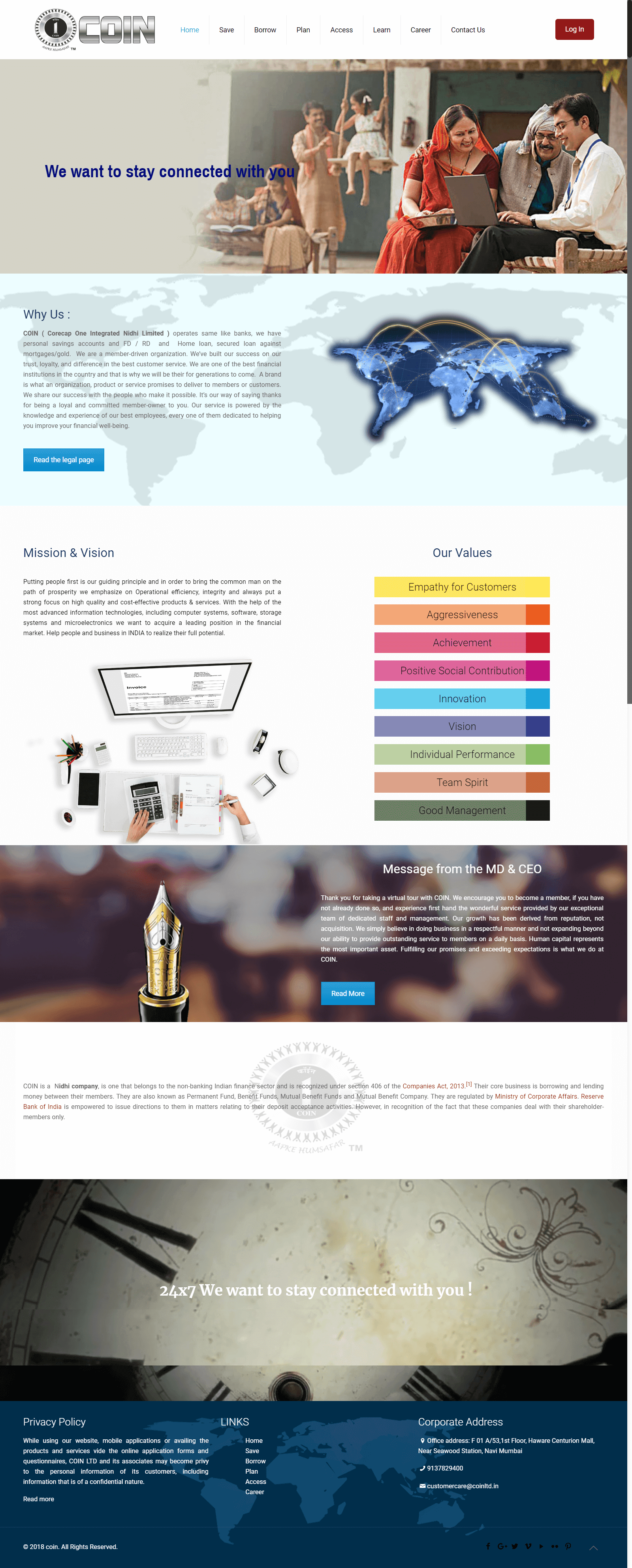- BY braincandy
- POSTED IN Uncategorized
- WITH 0 COMMENTS
- PERMALINK
- STANDARD POST TYPE
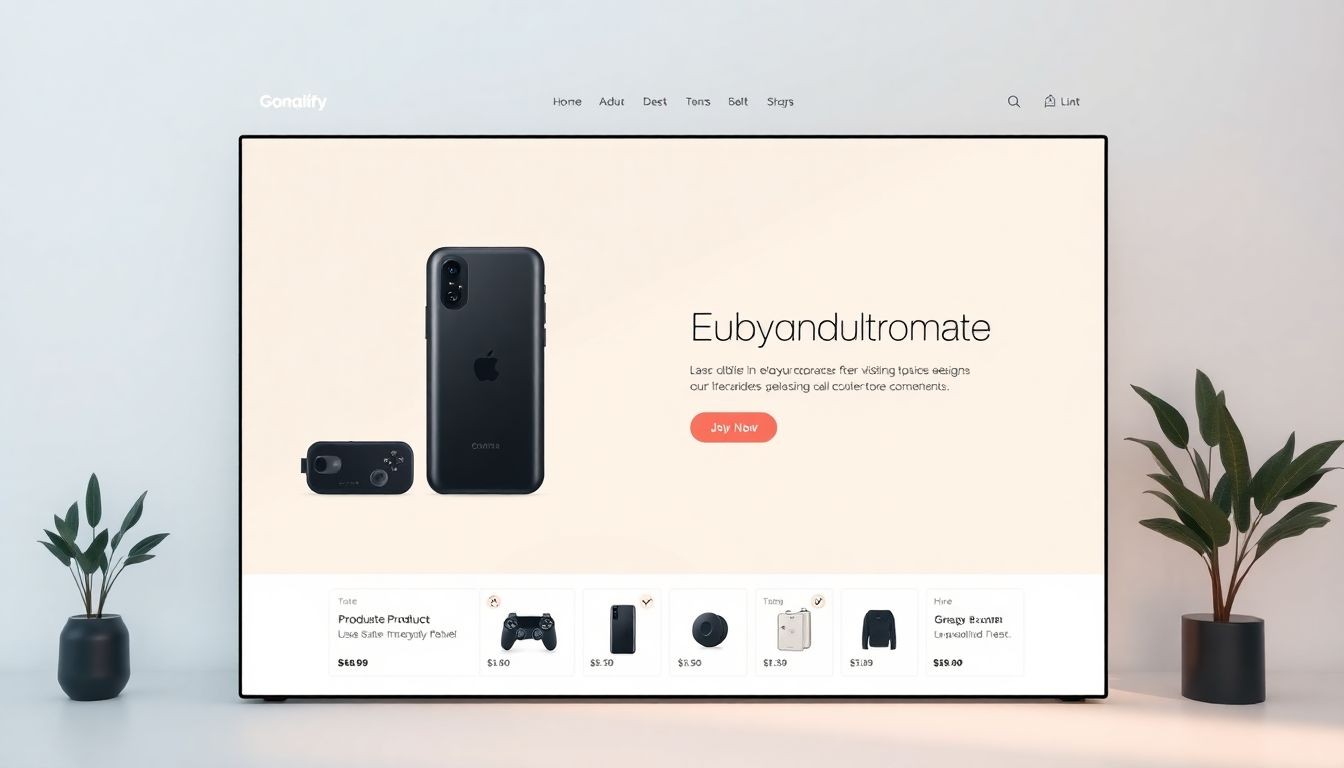
E-commerce is booming! But that means more competition for your online store. To stand out, you need an e-commerce website that grabs attention and turns visitors into happy customers. This guide shows how to craft a site that looks great and works even better. We will cover design, development, and optimisation. A joined-up approach is key to e-commerce success. Investing in professional e-commerce services can deliver a massive return. Let’s get started!
Why Your E-Commerce Website is Your Most Important Salesperson
Think of your e-commerce website as your best salesperson. It works 24/7, reaching customers around the globe. A physical shop has opening times, but your website is always open for business. It can also handle many customers all at once, unlike a single shop assistant. In the digital world, first impressions really matter.
First Impressions Matter: Website Design and User Experience (UX)
Website design has a huge impact. It influences how people see your business. Key design elements include how good it looks, keeping your branding consistent, and simple navigation. A good design makes it easy for visitors to find what they need. Bad design choices can push potential buyers away fast! For example, a cluttered website is hard to navigate. Clean, clear layouts work much better.
Mobile-First is No Longer Optional: Responsive Design and Mobile Commerce
More and more people shop on their phones. So, your website must work well on mobile devices. Responsive design makes sure your website adapts to any screen size. If your site isn’t mobile-friendly, you’ll lose sales. Plus, search engines like Google favour mobile-friendly websites.
Beyond Aesthetics: Accessibility and Inclusive Design
Accessibility means making your website usable for everyone, including people with disabilities. It’s about following guidelines that make your site more inclusive. This isn’t just good ethics; it can improve the experience for all users. Adhering to accessibility standards also opens your website to a wider audience.
Building a Robust E-Commerce Foundation: Development and Functionality
E-commerce website development is about the technical side. Choosing the right platform is a big decision. Common platforms include Shopify, WooCommerce, and Magento. You will also need to consider what each has to offer. Security is vital to protect customer data. Also, make sure the platform can handle future growth.
Choosing the Right E-Commerce Platform for Your Business
Shopify, WooCommerce, Magento – which is best? Shopify is easy to use, but can be costly as you scale. WooCommerce works with WordPress, offering lots of customisation options. Magento is powerful, yet it can be complex. Think about your business needs to pick the right one. Consider features, pricing, and how well it can grow with you.
Payment Gateway Integration: Secure and Seamless Transactions
A secure payment gateway is a must. It protects customer’s financial information during transactions. Popular options include PayPal, Stripe, and Worldpay. Look at the fees involved. PCI compliance is essential to protect customer data. A smooth payment process builds trust.
Streamlining Operations: Inventory Management and Order Fulfilment
Efficient inventory management saves time and money. It ensures you don’t run out of products. Good systems track stock levels automatically. Order fulfilment needs to be smooth too. Fast shipping and clear communication keep customers happy. This helps reduce shipping costs and improve customer satisfaction.
Driving Traffic and Boosting Conversions: E-Commerce Website Optimisation
It is time to get visitors to your site and turn them into buyers. SEO, content marketing, and conversion rate optimisation (CRO) are key. Let’s get your traffic and sales up!
Search Engine Optimisation (SEO) for E-Commerce: Ranking Higher in Search Results
SEO helps your e-commerce website appear higher in search results. If you want to do well, you need to do SEO. Keyword research is about finding what people search for. On-page optimisation means tweaking your website to match. Off-page optimisation involves building links from other sites.
Content is King: Engaging Product Descriptions and Blog Content
Quality content can boost sales. Product descriptions should highlight the benefits. Show why someone should buy your product. Blog content can attract and engage potential customers. This is why content is king!
Conversion Rate Optimisation (CRO): Turning Visitors into Customers
CRO is about turning website visitors into paying customers. Small changes can make a big difference. A/B testing helps you find what works best. User behaviour analysis reveals how people use your site. This process improves conversion rates.
Measuring Success: Analytics and Reporting
Track your website’s performance to make good decisions. Traffic, conversion rate, and average order value are key metrics. Data can highlight areas for improvement.
Setting Up Google Analytics for E-Commerce Tracking
Google Analytics is a great tool for tracking e-commerce data. Set up goals to measure conversions. Track transactions to see what’s selling. Create reports to monitor performance. It shows how people find and use your website.
Interpreting the Data: Identifying Areas for Improvement
Analysing your e-commerce data helps you identify problems. Look for patterns and trends. Use data to optimise your website design, content, and marketing. Find ways to make improvements.
Conclusion
Success in e-commerce needs a joined-up approach. Design, development, and optimisation must work together. We’ve covered how to craft a website that looks great and converts. Investing in professional e-commerce services can deliver a strong ROI.
Ready to take your e-commerce website to the next level? Get in touch today for a consultation. We can help you build a website that boosts sales!

